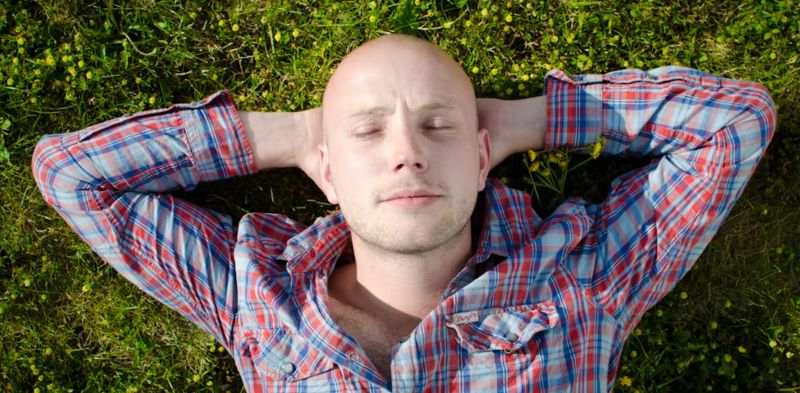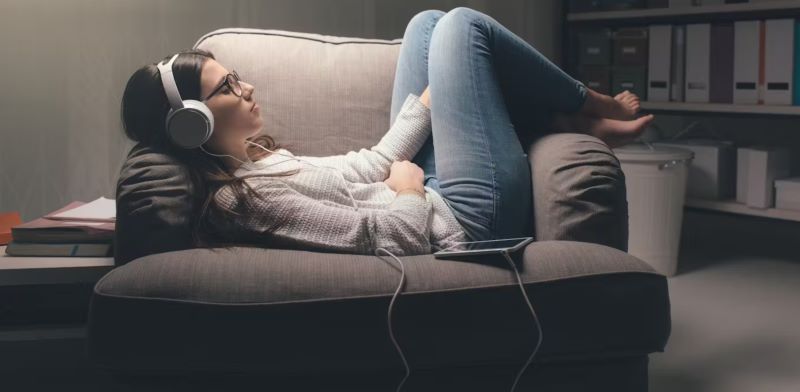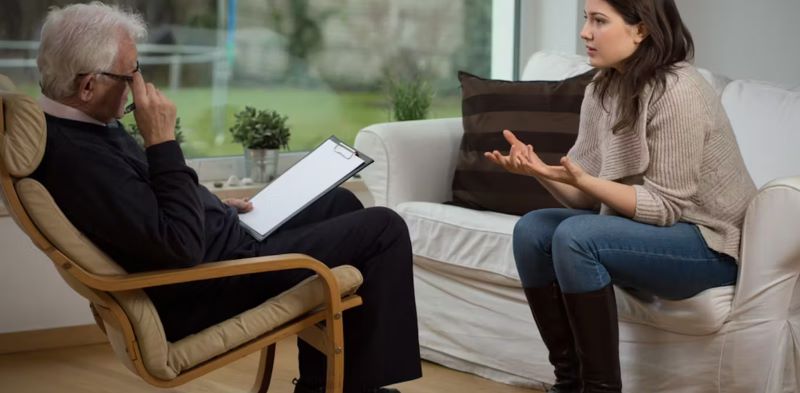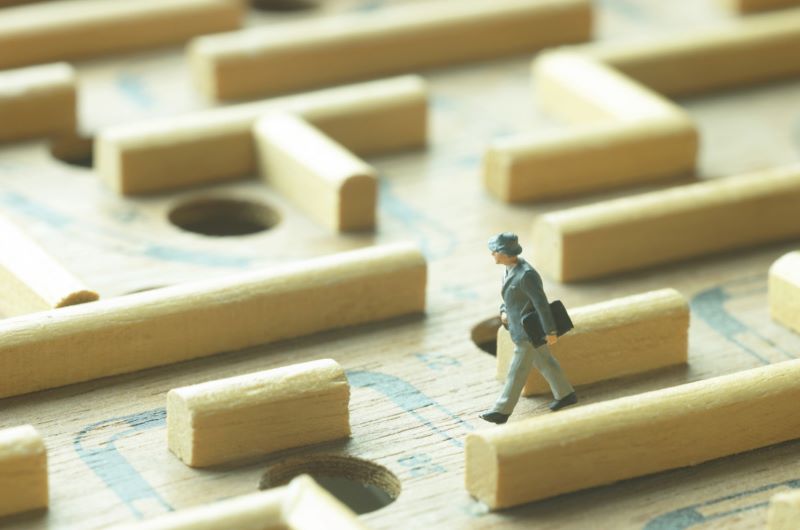

By Eleanor Goldberg
Freelance writer
This June marks one year since the death of chef Anthony Bourdain. As the date approaches, his estate is set to release a new book filled with anecdotes and photos from friends and collaborators. Similar memorials will give fans a chance to revisit a personality they admired. But they will also bring up a difficult question: What could drive someone who appeared to have such a full and enviable life to kill himself?
Perhaps we shouldn’t have been that shocked. Rates of mental illness are higher in countries like the United States—among both rich and poor people. According to social epidemiologists Richard Wilkinson and Kate Pickett, authors of The Inner Level: How More Equal Societies Reduce Stress, Restore Sanity and Improve Everyone’s Well-Being, severe income inequality might be the reason. For example, the U.S. has three times as much mental illness as more-equal countries, like Japan and Germany.
When there are vast differences in income, there’s also overwhelming pressure to constantly prove our value by accruing fancy cars, clothes, and homes, and traveling to far-off places. This trend heightens status anxiety, which can lead to feelings of shame, loss of control, depression, and other mental health issues, according to the authors. These risks remain in place whether you’re well-off and competing with the private-jet-owning 1 percent or if you’re living paycheck to paycheck and sizing yourself up against families who don’t need as much support.
The stress of it all means people who feel they can’t measure up are also more likely to retreat from society. People who experience “status anxiety” are less likely to participate in activities that are central to community life, such as going to church, recreational clubs, and political gatherings.
“In more competitive, unequal and materialistic societies, where hierarchy matters more and people are more prone to compare themselves with others,” Wilkinson and Pickett write, “doing well in others’ eyes and having all the trappings and characteristics of success becomes the main meaning of achievement.”
Some have found fault with Wilkinson and Pickett’s premise. Mental health is notoriously challenging to quantify because objective biological tests are limited, diagnostic guidelines are variable, and such data isn’t collected often enough. Additionally, contrary to the dire depiction by public health advocates, it’s actually unlikely that the rates in the U.S. significantly exceed those in other countries, said Ron Manderscheid, a social psychologist and executive director of the National Association for Rural Mental Health.
“There’s some variability,” Manderscheid said of the mental health rates in the U.S. compared to other countries. “It’s not huge variability.”
However, no one will debate whether the rates in the U.S. are concerning. In 2016, nearly 45,000 people died by suicide, a 30 percent increase since 1999, according to the Centers for Disease Control. (Suicide rates in other developed countries have generally fallen.) In 2017, the number of opioid-related deaths was six times higher than about 20 years earlier. In 2015, 15.1 million U.S. adults had alcohol use disorder.
Wilkinson and Pickett offer a solution to the issue, but it relies far too heavily on lofty, difficult-to-implement ideas. In their book, the pair lays out a plan for fostering “economic democracy.” One example is moving toward employee-owned businesses, which could increase productivity, worker satisfaction, and equality. While such egalitarian suggestions are valuable in theory, they’re not an efficient solution to addressing the current pressing mental health issues in the U.S. This would be a lot like debating how to build a more flame-resistant structure while a house is burning down, instead of racing to rescue the people who are trapped inside. Sure, closing income gaps would be nice. But there’s a much more imminent problem in play: Poor people have always been more vulnerable to developing mental illness, and they are far less likely to have access to the resources that can help them.
Between 2009 and 2013, 8.7 percent of adults living below the federal poverty line experienced serious psychological distress. For people with annual incomes at or above 400 percent of the poverty level, the figure was 1.2 percent.
It becomes self-reinforcing, research shows: Poverty may increase the chances of developing mental illness, and mental illness could increase one’s chances of living in poverty.
While it’s true that mental illness doesn’t discriminate based on bank accounts, underserved people are more exposed to the types of triggers that could lead to behavioral health problems.

“Mental illness is much more prevalent in the lowest social class,” Manderscheid said, “because they are more subjected to trauma, all kinds of trauma—physical trauma, sexual trauma, abuse, and on and on. When you’re subjected to these things, it’s almost 100 percent predictable that you’re going to develop a behavioral health problem.”
Addressing those issues, though, requires much more than just fostering economic equality. It also requires resources and support for social equity.
“You need a sense of meaning. You need a connected community,” said Jenny Taitz, a psychologist and clinical instructor at UCLA’s Department of Psychiatry. “Those things have nothing to do with how much money you make. Having a meaningful life has nothing to do with making $8 an hour or $1,800 an hour.”
But people with mental health issues, rich or poor, also need very basic access to treatment. The fact remains: Adults facing severe psychological distress are more likely to be uninsured and to struggle to get those crucial resources.
Between 2009 and 2013, 30.4 percent of adults with serious psychological distress had no health insurance, compared with 20.5 percent of adults without serious psychological distress who also had no health insurance. But even if a poor person has insurance to cover therapy and treatment, there’s a good chance they don’t live anywhere near a provider.
There’s currently a shortage of mental health workers across the U.S., and the issue is most pronounced in rural areas. Professionals who pursue jobs in behavioral health are more likely to work in major cities, like New York, Los Angeles, and Chicago. There isn’t a single psychiatrist, a mental health professional who can prescribe medication, in 65 percent of nonmetropolitan counties. Almost half of those counties don’t have a psychologist, according to a report from the American Journal of Preventive Medicine released last year.
It’s important to capture those who “fall through the cracks” and often end up in jail instead of in a therapist’s office or a treatment center, Manderscheid emphasized. Achieving this end means improving community-based systems of care. It also means making sure primary care doctors are equipped to identify mental health cases and have a place to send those patients to get appropriate treatment.
Airports and doctors’ offices post big, colorful signs urging travelers to take note of symptoms they might have developed after returning from a foreign country. We should be seeing posters just as big and just as colorful, in communities across the country, encouraging people to take inventory of mental health symptoms they might be experiencing at any point. There should also be simple guidelines as to how to access appropriate mental health care, when it’s available.
One way to bridge the mental health care gap is by bringing treatment to remote areas, especially to people who aren’t able to travel long distances. Introducing mobile therapy units to nursing homes is one example Manderscheid suggested.
He also pointed to another promising new solution: urgent care centers dedicated to patients with mental health needs.
The Hawthorn Walk-In Center, which opened its doors in 2017, demonstrates how this concept could actually work. Located in Hillsboro, Oregon, the organization provides services for patients with mental health and addiction issues. Everyone is welcome, whether they have standard insurance, Medicaid, or no insurance at all. After the Affordable Care Act was passed in 2010, the county had more funds to spend on mental health programs. That patients don’t have to pay and also aren’t required to make an appointment immediately eliminates two of the biggest obstacles to accessing mental health care.
There are now more mental health facilities in the U.S. that “anybody can walk into,” Manderscheid said. “Anyone can walk in off the street. They give us the ability to get care to people when they need it without putting up bureaucratic barriers.”
Viable and effective solutions, like the ones Manderscheid put forward, are what’s glaringly missing from Inner Level’s discussion around mental health. The authors’ research offers up impressive statistics to support an idea that we might not have otherwise considered: Where there’s great income disparity, there’s also more mental illness all around.
But in the U.S., a wealthy person can, at any moment, check into a mental health facility, get an appointment with a top-notch therapist, or take time off from work for self-care. For someone who is low-income, those options may always be out of reach. This is the point that Wilkinson and Pickett fail to probe. Yes, more-unequal societies may have more mental health issues, but it’s the inequity in treatment that should concern us most.
Originally published by Yes! Magazine, 07.05.2019, under a Creative Commons Attribution-NonCommercial-NoDerivatives 4.0 International license.





